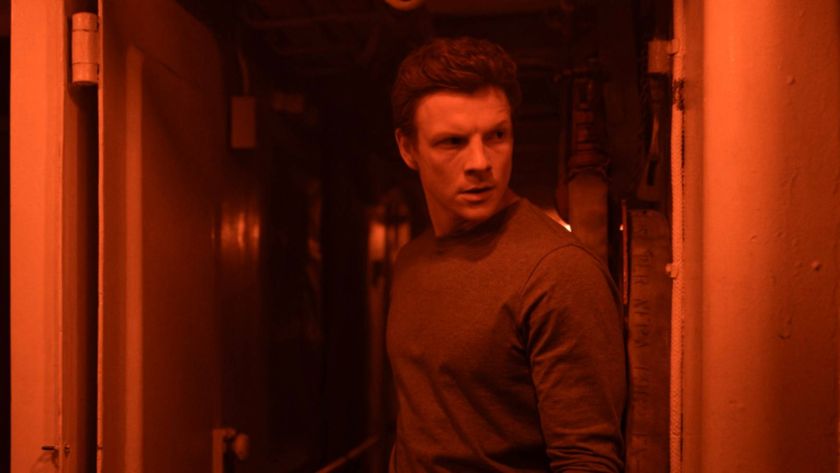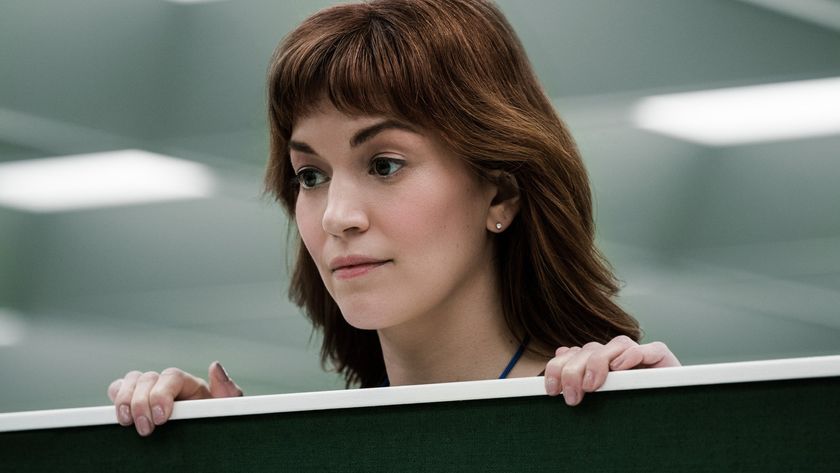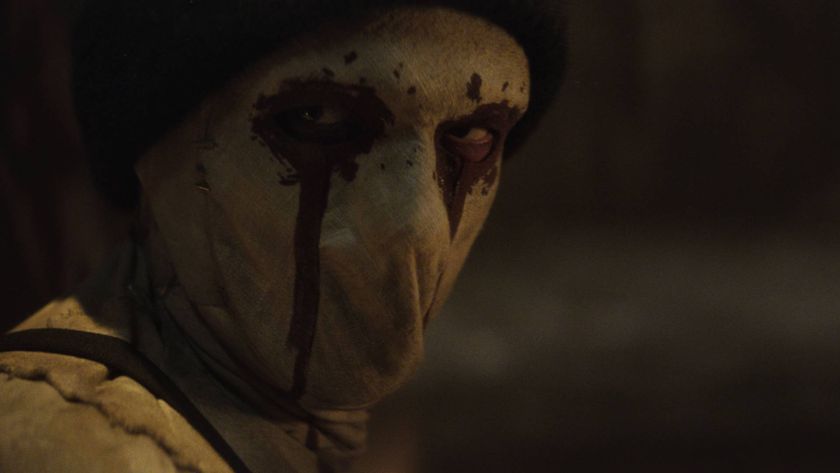10 10,000 BC (2008)
Pyramid fly-by
Another Emmerich film that failed in terms of storytelling, but still deserves all the kudos that can be heaped on its FX magicians. As well as raising the bar in terms of creating CG creatures with fur (the mammoths and sabre tooth tigers make the lion in the Narnia films and the polar bears in The Golden Compass look positively lacquered by comparison) it boasted the phenomenal "pyramid fly by", with a vast CG, mist-shrouded pyramid populated by thousands of people and mammoths. No wonder it was taking up to 20 hours to render each frame. Just don't ponder why humans and mammoths are in the same shot.
9 THE DAY AFTER TOMOROW (2004)
Manhattan under water
Director Roland Emmerich loves destroying famous landmarks, and while his films rarely attain classic status, some of the imagery he serves up remains seared into your memory for years afterwards. Having destroyed the Whitehouse in Independent Day and the Brooklyn Bridge in Godzilla, he decided to flood then freeze Manhattan in The Day After Tomorrow. What makes these sequences so memorable is not only the technical expertise (CG water had never looked so realistic) but how atmospheric and spooky the results came across. The FX creators took more than 50,000 photos of New York City and scanned them into a computer, providing "a 3D, photorealistic model of the city." Thompson says. After that, destroying the metropolis with a giant digital wave was a piece of cake.
8 STAR TREK II: THE WRATH OF KHAN (1982)
The Genesis Effect
The Genesis Effect animation sequence features the first use of a fractal generated landscape in a movie, together with a particle rendering system, which was used to produce the fire effect. The shot was produced by Pixar, which was then a branch of Lucasfilm dedicated to developing computer graphics. The sequence also required the development of a special high-speed camera. And that’s all the techie blurb. What you'll remember is the cool way the camera swooped in over a planet that first burnt to a cinder, before being reborn as a Eden-like paradise. Unsurprisingly, the shot featured prominently in trailers.
7 THE CURIOUS CASE OF BENJAMIN BUTTON
Benjamin
Convincing dinosaurs? No problem. Giant space battles? Easy peasy. Photoreal cityscapes? A doddle. When it comes to creating believable human beings, however, CG has traditionally come unstuck. Benjamin Button is the film that finally marked the FX guys’ escape from the infamous “Uncanny Valley”, the place where virtual people look so close (but no cigar) to the real thing that they become the freaky stuff of nightmares. David Fincher, always a man obsessed with pushing cinema to the next level, wrangles his technical accomplices with such skill that you actually believe that Brad Pitt’s gone extreme Method to play a waist-high octogenarian – until you realise that that would be preposterous. In fact, this is the first movie to suggest that human actors could soon be completely redundant – if only their digital counterparts weren’t so damned expensive!
6 PIRATES OF THE CARIBBEAN: DEAD MAN'S CHEST (2006)
Davy Jones
For the past few years, it’s been difficult for CG wizards to genuinely make jaws drop because their art has reached a point where progress happens in small, technical steps. Films such as Iron Man and Transformers have stunning FX and a wow factor, no argument, but somehow they still only seemed to deliver up to the audience’s ever-increasing expectations of photorealism. Pirates of the Caribbean, however, went way beyond expectations with Davy Jones, the CG squid-faced villain who was so realistic, many critics assumed he was actor Bill Nighy wearing prosthetics. ILM created the slimy creature, which had 46 tentacles, each of which could be individually animated. They even created software called “Stiction” that made sure there was friction between the tentacles when they moved across each other.
Discover the Top 5 best CGI Movie Moments
Sign up to the SFX Newsletter
Get sneak previews, exclusive competitions and details of special events each month!
SFX Magazine is the world's number one sci-fi, fantasy, and horror magazine published by Future PLC. Established in 1995, SFX Magazine prides itself on writing for its fans, welcoming geeks, collectors, and aficionados into its readership for over 25 years. Covering films, TV shows, books, comics, games, merch, and more, SFX Magazine is published every month. If you love it, chances are we do too and you'll find it in SFX.












